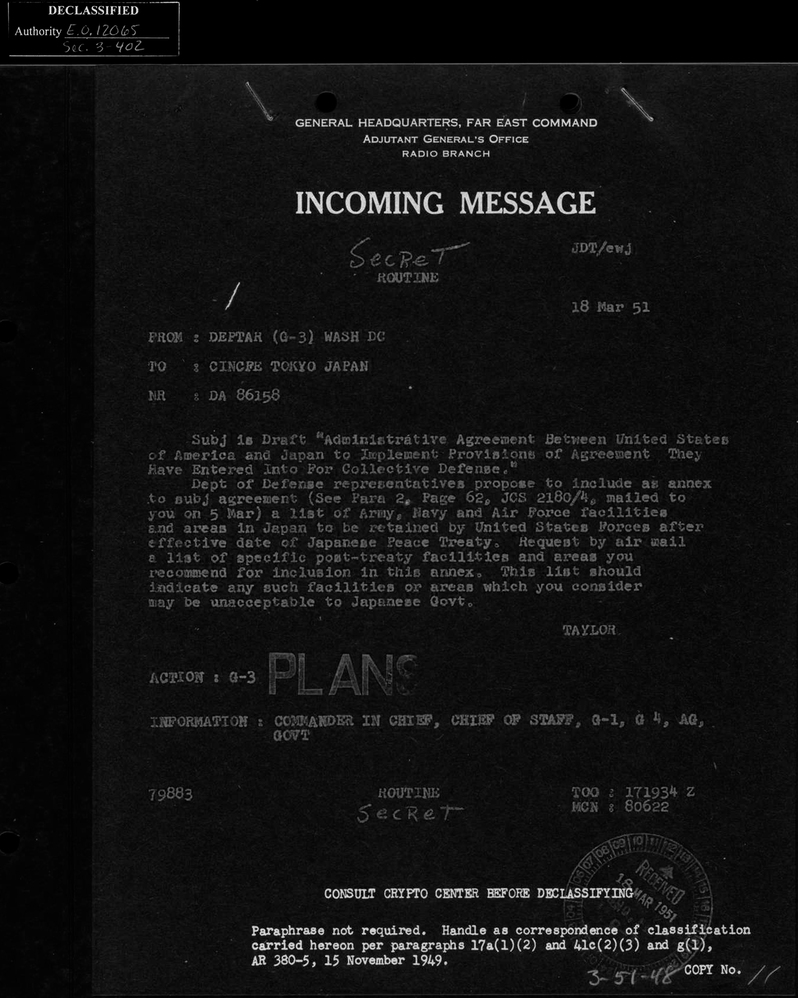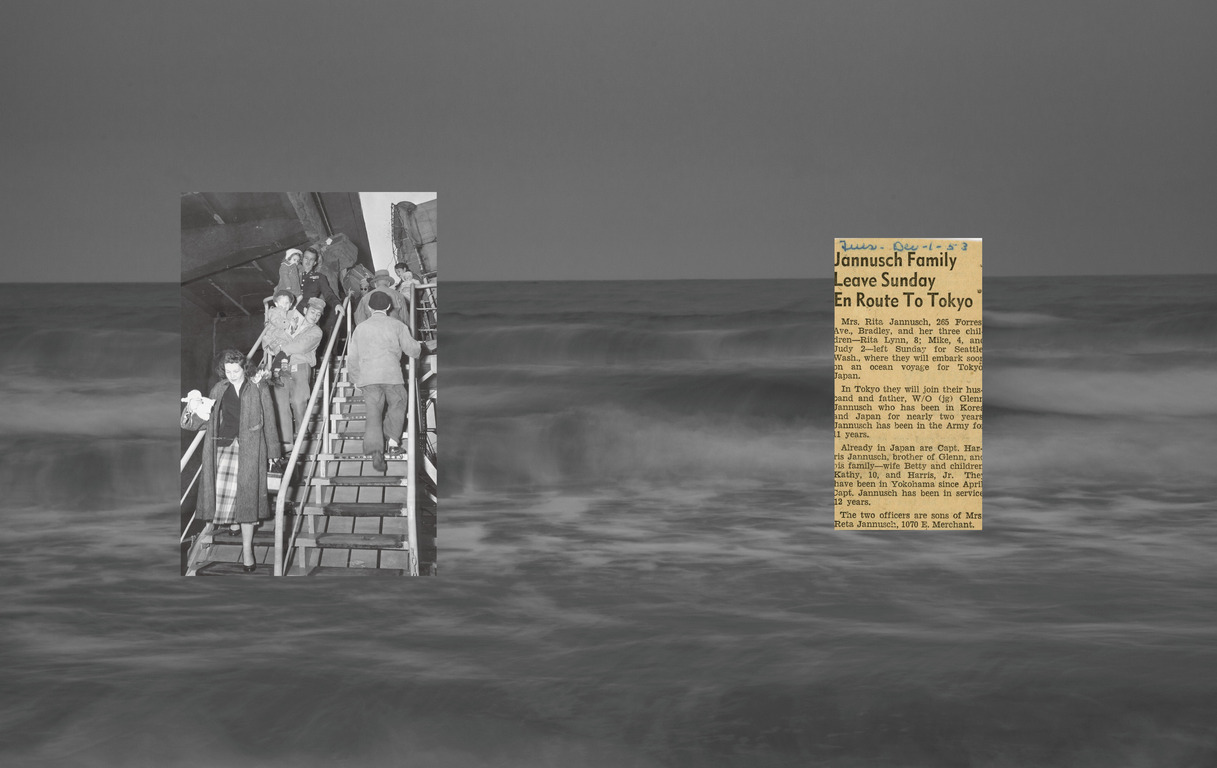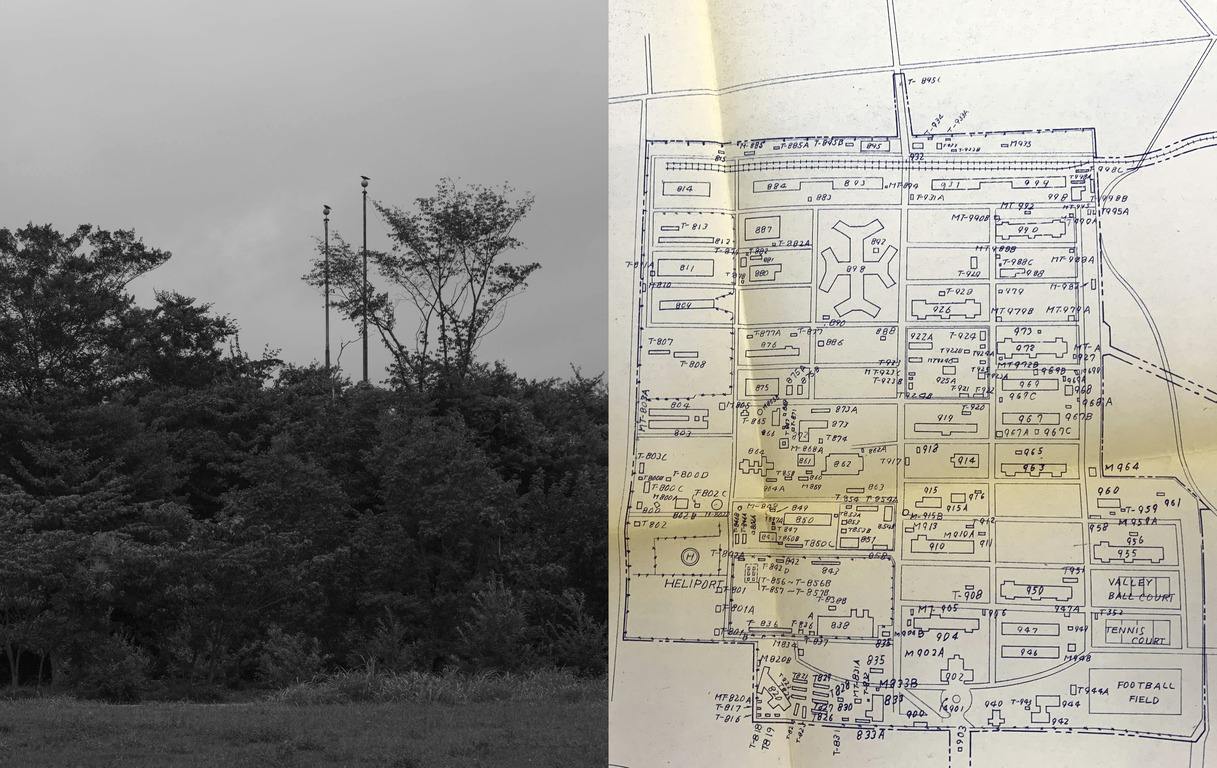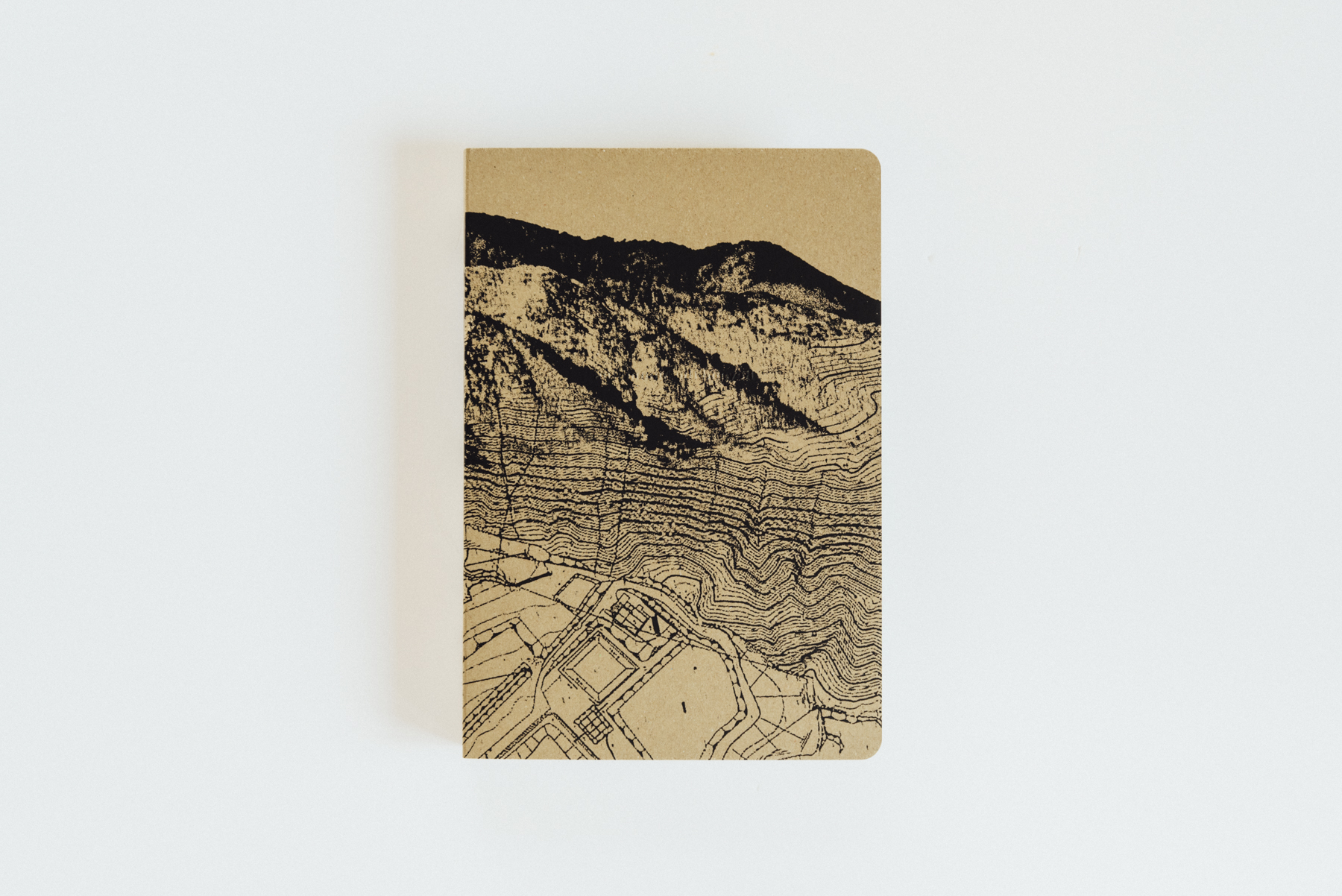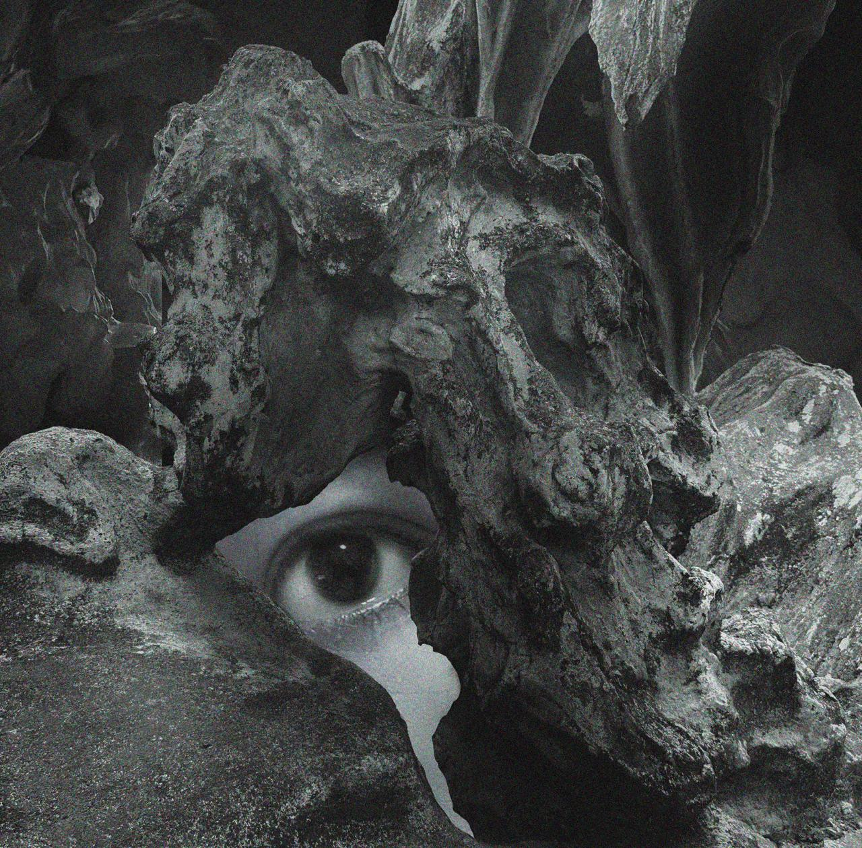The site next to my workplace with its neatly manicured lawn surrounded by a high fence, is still not under Japanese sovereignty. It is under the U.S. forcesʼ. However, no one in my neighbourhood is vociferously calling for the restitution of this land. It seems that citizens in this area are not particularly concerned with this 11.8 hectare-plot of land dotted with antennas. We do not know well what this place is and what happened here.
When I first noticed the little rickety hut on this U.S. military site, the post-World War II occupation of the past loomed before me. The small wooden hut, No. 1153, speaks eloquently and voicelessly through time. I was fascinated by its charm and started to research the local history in libraries. While doing my research, I began to imagine the stories of the people who actually lived here which the historical documents did not reveal. Through social networking sites and websites, I started contacting people who were living in the area at that time.
This hut was a mysterious device which opened a door to the days when people lived here after World War II. The days when people resided in the American military family housing near this hut. The days when Japanese people lived near the American-occupied territory. The days when wounded soldiers from the Vietnam War stayed at the field hospital at Camp Drake. I received messages from individuals from those days about their precious and unforgettable memories.
In April 2020, a state of emergency was declared due the COVID pandemic, and I was forced to work from home for a while. When I finally came back to office in July, I was surprised to see that the hut had disappeared. Evidence of the past was mercilessly destroyed, and I fear that people will forget the fact that Camp Drake existed here. The inconvenient past has been conveniently erased.
The land that I am stepping upon now has most certainly been stepped upon by someone else in the past. However, the cityscape of everyday life is constantly being replaced with new buildings, so I feel as if there is no history.
The only remnants of the U.S military family housing called “Momote Village” are antennas and green lawns. We cannot see it clearly, but I know that this place where I am standing is connected to someoneʼs precious and unforgettable memories and experiences.



